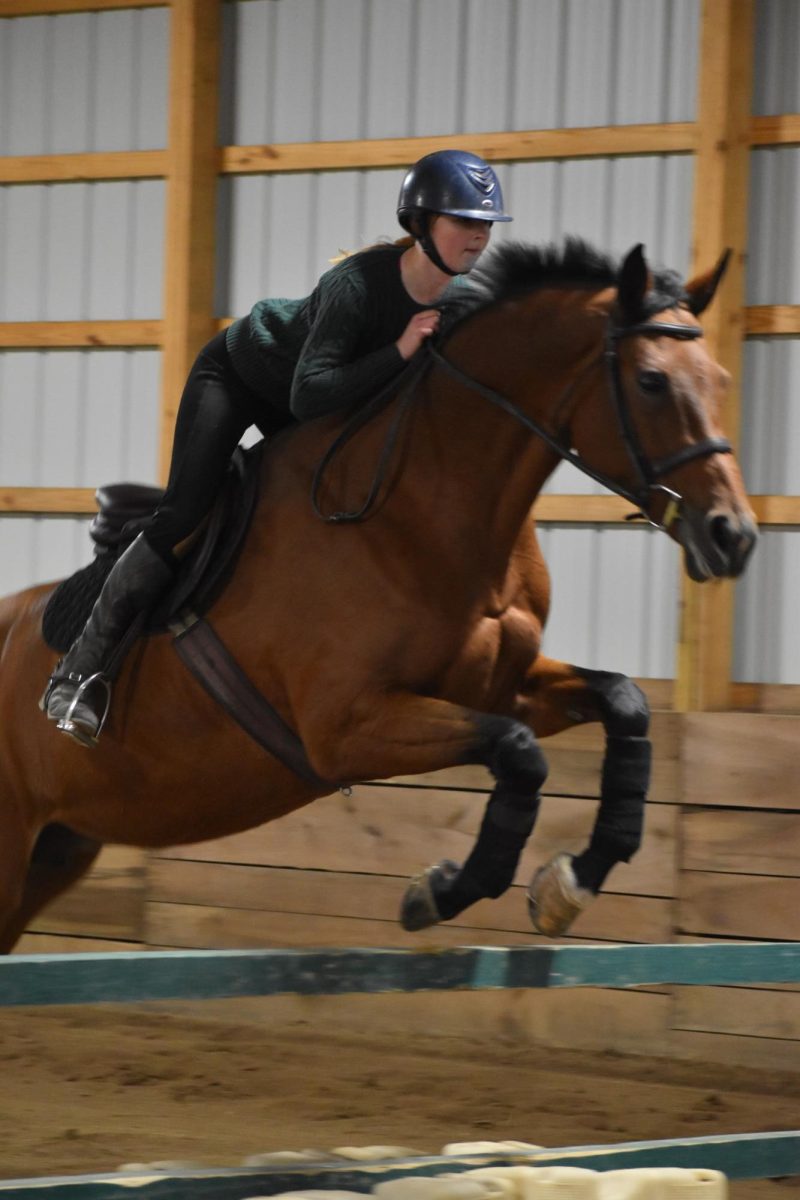By Kim TenBrink
I have to admit it, I am a “gym” major (my diploma from OSU reads “Bachelor of Science, Education”). My Physical Education curriculum included anatomy, physiology, and kinesiology – these are some of the same classes that pre-med, pre-vet, pre-nursing, and occupational and physical therapy majors had to take. But, enough about my academic background, let’s talk about the state of kids today.
More than nine million American children and adolescents are overweight and the Department of Health and Human Services estimates that by 2010 one in five children in the U.S. will be obese. Unfortunately, overweight adolescents have a 70 percent chance of becoming overweight or obese adults. There is also research that supports the cognitive benefits of engaging in structured physical activity. When one exercises, the brain goes into a homeostatic state, balancing brain chemicals, hormones and system functions. Movement, physical activity, and exercise change the learning state into one appropriate for retention and retrieval of memory. Exercise engages the emotions. Emotion drives attention which drives learning. In the brain, the amygdale (the brain’s emotional filter) touches the basal ganglia which interprets movement. Therefore, motion and emotion are connected physiologically. According to Eric Jenson, who has authored several books on the brain and body, movement can foster self-discipline, improve self-esteem, increase creativity, and enhance emotional expression through social games.
Physical Education classes have evolved into much more than just “gym”. Carmel High School’s Physical Education curriculum includes students learning how to set S.M.A.R.T. (specific, measurable, attainable, realistic, timely) fitness goals, assessing their own fitness levels using a variety of assessment tools (including heart rate monitors) and then analyzing these results to design a fitness program that meets their own individual needs and interests. The ultimate goal is now health and fitness and giving the students tools, skills and experiences so they can be physically active for the rest of their lives. After a student successfully completes P.E. I and II, there are a wide variety of elective classes to take.
I’m sure you’ve heard the saying that a mind is a terrible thing to waste…so is the other 90 percent of your body.
Kim TenBrink
Physical Education Department Chair


































![British royalty are American celebrities [opinion]](https://hilite.org/wp-content/uploads/2024/03/Screenshot-2024-03-24-1.44.57-PM.png)



















![Chelsea Meng on her instagram-run bracelet shop [Biz Buzz]](https://hilite.org/wp-content/uploads/2024/04/IMG_2446-1200x838.jpg)
![Review: Quiet on Set: The Dark Side of Kids TV is the long awaited exposé of pedophilia within the children’s entertainment industry [MUSE]](https://hilite.org/wp-content/uploads/2024/04/unnamed.jpg)
![Review: “The Iron Claw” cannot get enough praise [MUSE]](https://hilite.org/wp-content/uploads/2024/04/unnamed.png)
![Review: “The Bear” sets an unbelievably high bar for future comedy shows [MUSE]](https://hilite.org/wp-content/uploads/2024/03/unnamed.png)
![Review: “Mysterious Lotus Casebook” is an amazing historical Chinese drama [MUSE]](https://hilite.org/wp-content/uploads/2024/03/0.webp)
![Review in Print: Maripaz Villar brings a delightfully unique style to the world of WEBTOON [MUSE]](https://hilite.org/wp-content/uploads/2023/12/maripazcover-1200x960.jpg)
![Review: “The Sword of Kaigen” is a masterpiece [MUSE]](https://hilite.org/wp-content/uploads/2023/11/Screenshot-2023-11-26-201051.png)
![Review: Gateron Oil Kings, great linear switches, okay price [MUSE]](https://hilite.org/wp-content/uploads/2023/11/Screenshot-2023-11-26-200553.png)
![Review: “A Haunting in Venice” is a significant improvement from other Agatha Christie adaptations [MUSE]](https://hilite.org/wp-content/uploads/2023/11/e7ee2938a6d422669771bce6d8088521.jpg)
![Review: A Thanksgiving story from elementary school, still just as interesting [MUSE]](https://hilite.org/wp-content/uploads/2023/11/Screenshot-2023-11-26-195514-987x1200.png)
![Review: When I Fly Towards You, cute, uplifting youth drama [MUSE]](https://hilite.org/wp-content/uploads/2023/09/When-I-Fly-Towards-You-Chinese-drama.png)
![Postcards from Muse: Hawaii Travel Diary [MUSE]](https://hilite.org/wp-content/uploads/2023/09/My-project-1-1200x1200.jpg)
![Review: Ladybug & Cat Noir: The Movie, departure from original show [MUSE]](https://hilite.org/wp-content/uploads/2023/09/Ladybug__Cat_Noir_-_The_Movie_poster.jpg)
![Review in Print: Hidden Love is the cute, uplifting drama everyone needs [MUSE]](https://hilite.org/wp-content/uploads/2023/09/hiddenlovecover-e1693597208225-1030x1200.png)
![Review in Print: Heartstopper is the heartwarming queer romance we all need [MUSE]](https://hilite.org/wp-content/uploads/2023/08/museheartstoppercover-1200x654.png)






















![Review: Ladybug & Cat Noir: The Movie, departure from original show [MUSE]](https://hilite.org/wp-content/uploads/2023/09/Ladybug__Cat_Noir_-_The_Movie_poster-221x300.jpg)

![Review: Next in Fashion season two survives changes, becomes a valuable pop culture artifact [MUSE]](https://hilite.org/wp-content/uploads/2023/03/Screen-Shot-2023-03-09-at-11.05.05-AM-300x214.png)
![Review: Is The Stormlight Archive worth it? [MUSE]](https://hilite.org/wp-content/uploads/2023/10/unnamed-1-184x300.png)

